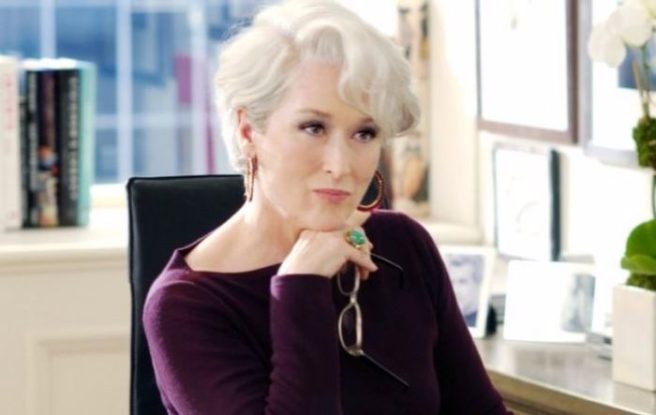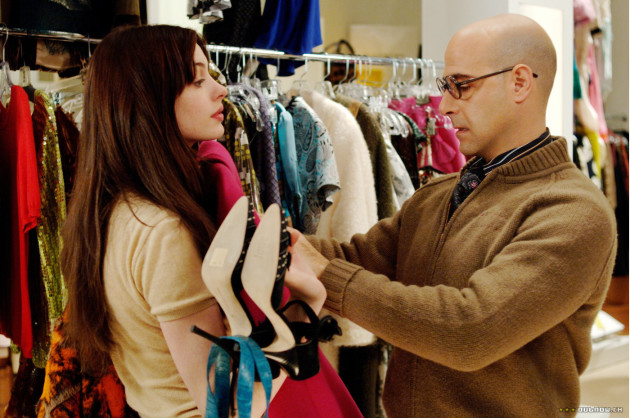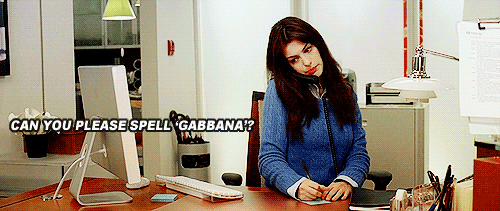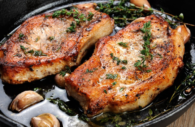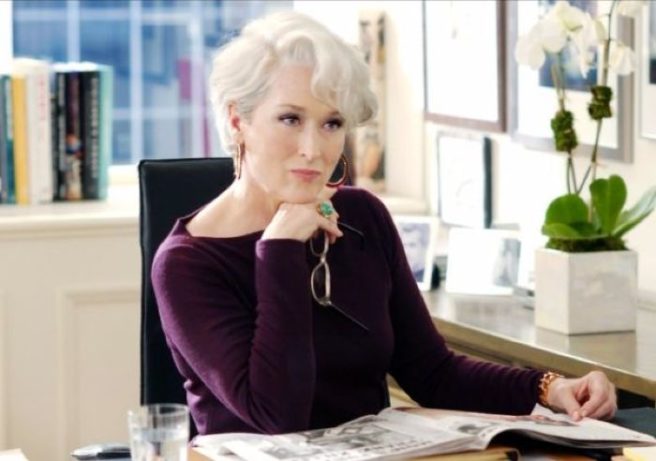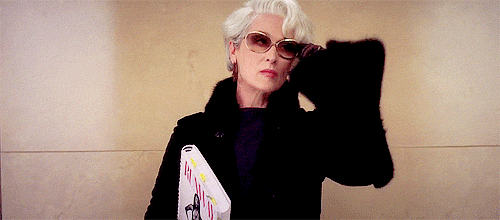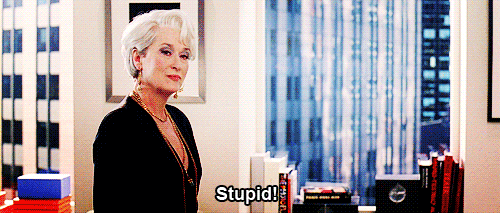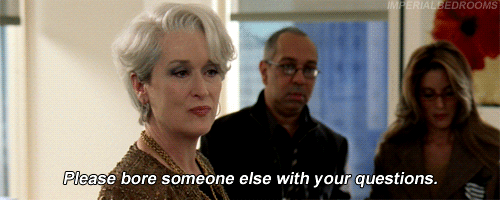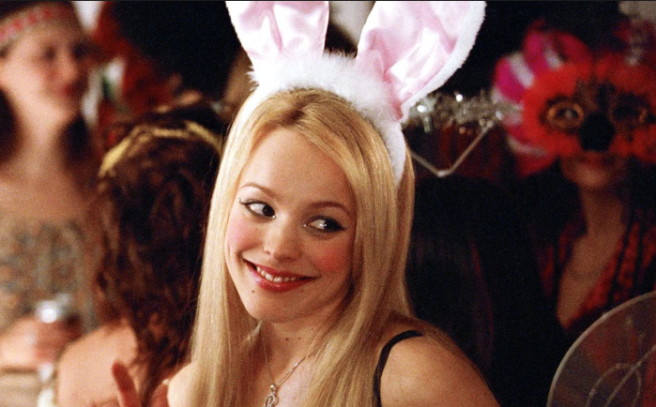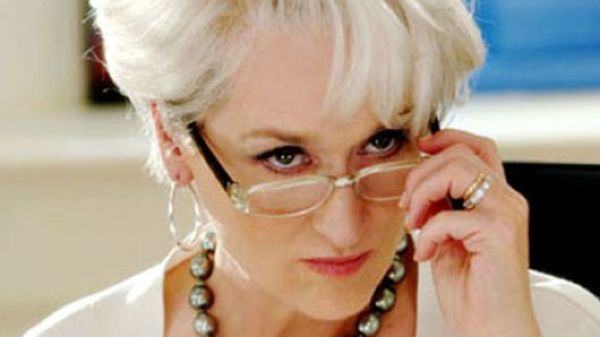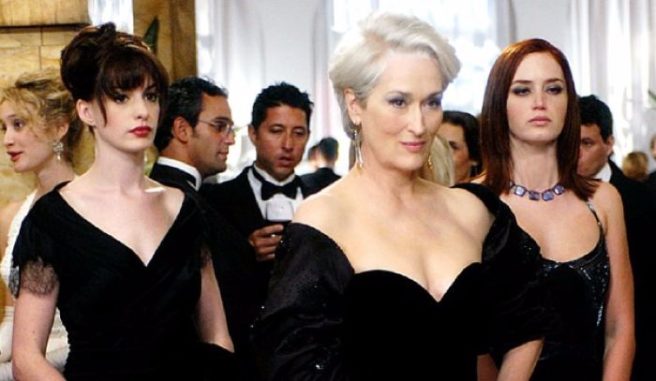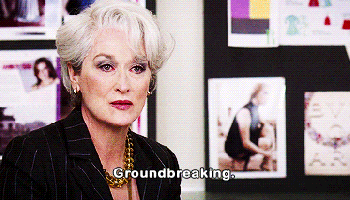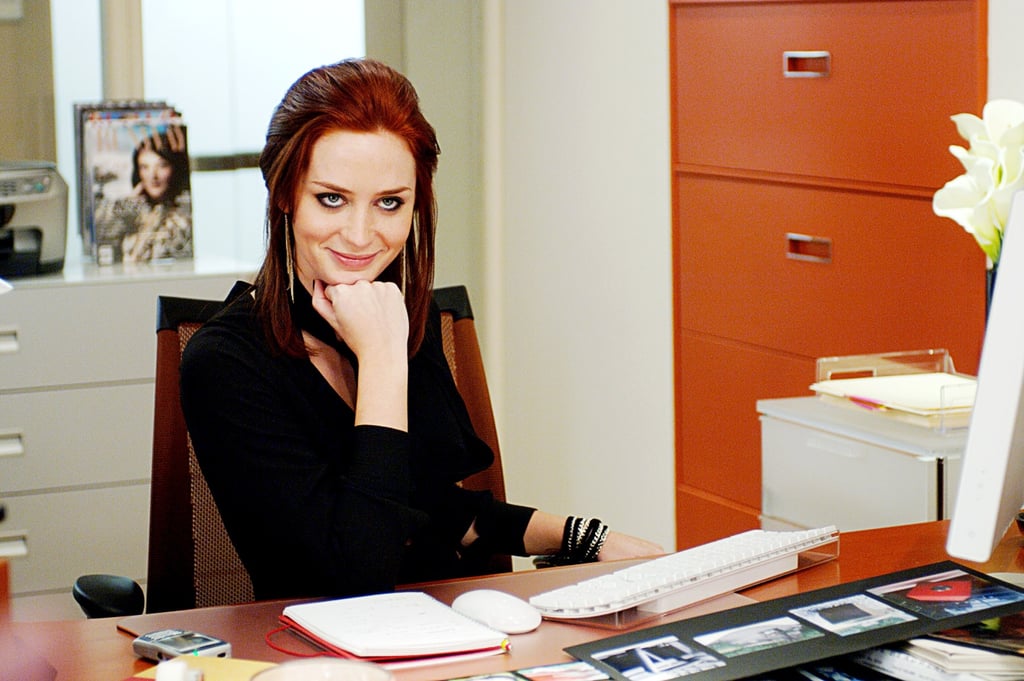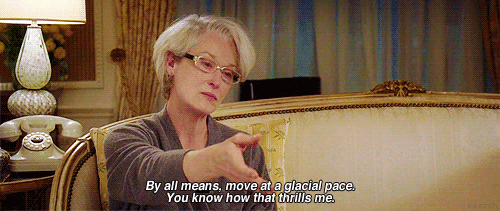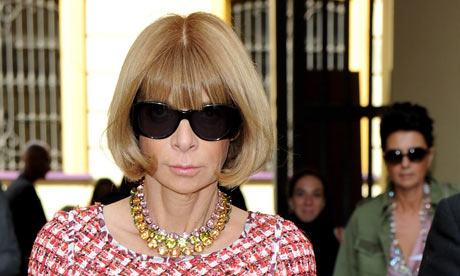As far as Hollywood is concerned, there are only two types of women- it’s your typical scenario of the femme fatale, a deviant who utilises her wily powers of seduction, or the Virgin Mary.
The angel or the devil, the child-like heroine or the evil queen. It’s limited at best, but there’s something so fascinating about the ‘villains’, they are more anti-hero than purely evil. No hero is all good, and no villain is all bad.
Society has always been suspicious of powerful women, it demonises them to try and create a backlash, to attempt to convince us that their ambition is wrong. It also plays the insanity card WAY too often to disregard them.
Think of all your classic Disney villains, most of them are childless. This creates the preconception immediately that they are somehow unnatural, they are barren and cold and ruthless.
Ursula, the Queen of Hearts, the White Witch, Miranda Priestley, Bellatrix Lestrange.
Anything and everything is done to use the audiences’ preconceived idea of the natural to focus your judgements on how inherently wrong it is for a woman to want more than the cards she has been dealt.
After all, the idea of a witch came about from fear of female sexuality in the 15th century, women who were single and childless were assumed to be evil.
We are fixated on these women because they revel in being all the things that we are told we simply cannot be. They allow themselves to get angry, to take action, to get even.
Most of the time they are just portrayed as being obsessed with regaining their youth through whatever means necessary, they use their jealousy to punish young and beautiful female characters. They sneer, they cackle, they are impeccably dressed, and their red lipstick is ALWAYS on point.
Personally I think this is an insult to women everywhere, we are complicated beings and beauty isn’t the pinnacle of our world.
It’s the pinnacle of what our society expects us to be for success and happiness, but women deserve better stories than this. Evil comes in all shapes and sizes, motives can often have substance and a moral grey area.
They define transgression, and cross the imaginary borders into the dark unknown where society has ostracised them. They more than likely live in a lair, with some kind of animal side-kick, and don some luxurious fur coat.
They also always do this while looking flawlessly evil, and are more than likely single. They are portrayed as being loners, as being unwanted, precisely for desiring more than what they are supposed to. The poor men who cross their path are either demolished, disgusted or destroyed.
Let’s take a look at some of the film industry’s most fabulous villainesses, and we guarantee you that some higher knowledge will be dropped by these fierce females.
Miranda Priestley: Dropping the knowledge bombs left, right and centre.
Based on the Vogue editor-in-chief Anne Wintour, Meryl Streep perfectly embodied the uberboss who terrorised interns day and night, who could make anyone cry over a cerulean blue sweater, and whose soft spoken voice could tear you down brick by brick and leave your self-esteem in tatters.
A simple “that’s all” and her classic arched eyebrow is all that’s ever needed to destroy everything you thought you knew.
Impossible to please, manipulative, and yet every intern who was unlucky enough to cross her path ended up with the thickest skin imaginable, and this later became their best asset in the cut-throat fashion industry.
A top female executive’s main priority is to teach those who come after her to be the best, because most of the time mediocre men can reach heights that only exceptional women get the opportunity to jump for.
Miranda also epitomises the female sacrifice, and society’s obsession with rating women’s worth by their appearances.
The second she has seemingly lost her youth, they replace her with a younger model who is not even close to being as qualified as her.
It’s the only time we ever see a crack in her ice-cold persona, and the audience is given a glimpse into her life, which has revolved around a fashion publication. Her marriage, her family, her career; the impossible juggling balance that every woman is expected to do, like walking tightrope in a circus.
Miranda is fierce as hell, serves blunt reality checks to everyone in sight, and never wastes her time with pretending to be the glowing subservient heroine.
She shows the industry how good she is at her job, without the façade of aiming to please.
Second, is of course, Regina George. The woman who has everyone feeling victimised, second guessing their wardrobe choices and cutting holes in their t-shirts.
Regina is the constant reminder that appearances and perception go hand-in-hand.
Image is often pivotal to society’s understanding of women, but some of the most famous female characters have twisted this in their favour.
Regina George is queen of the put-downs, every girls wants to be her and every guy wants to get with her. Her power is the shallow angle of popularity, and she uses it to perfection.
Amy Dunne from Gone Girl is another classic example of a beautiful woman using her perceived image to manipulate those around her.
If you’ve seen the boxcutter scene from the film, you’ll have realised just how evil Amy really is, and how intelligent.
She is easily one of the most dedicated villainesses you’ll see on screen, committing to her plot so much that she writes an entire fake diary to frame her husband of her murder, and writhes around in bucketfuls of blood. Bit much?
Evil in many ways for these characters is constrained by their womanhood; their identity is that of a jealous wife, a vengeful mother, or a scorned partner whose husband has been having an illicit affair.
These stereotypical gender notions limit their depth and complexity which is given to nearly every male villain, they are expected to fit a single mould and heavily penalised if they don’t. These villains push the boundaries, and don’t care about likeability, a rebellious act in today’s world.
Some of the scariest female villains are those that inflict evil on other women, after all, gals need to stick together. Of the many lessons we can learn from a decent villainess, it’s that women are not the fragile creatures in need of protection that many heroines are conveyed to be.
The most badass female villains twist cultural norms of femininity into something else entirely. We need some more Dark Ladies to get the ideal balance, to show realistic, three-dimensional female characters on screen and on paper.
